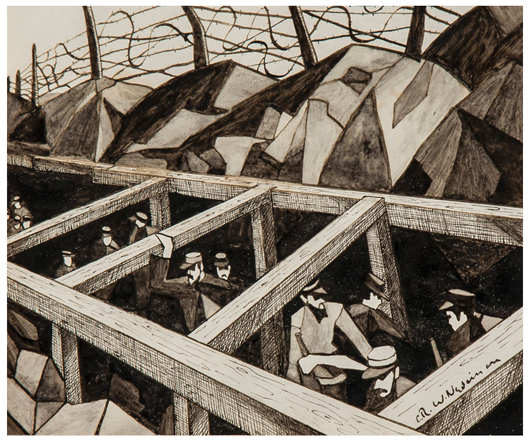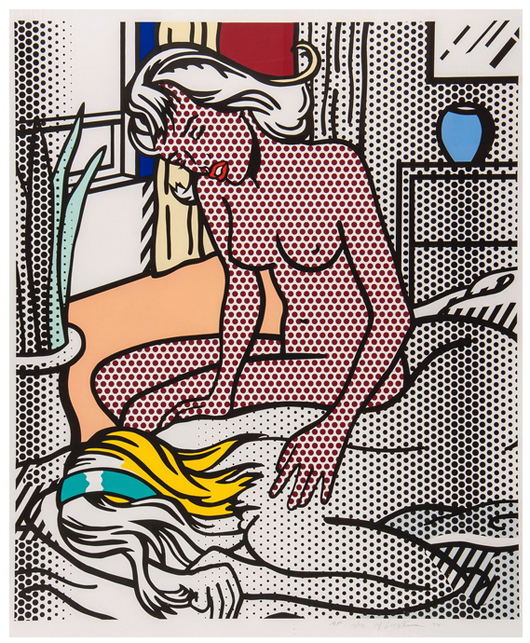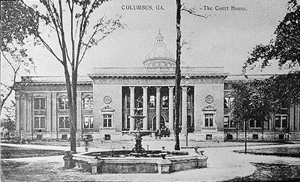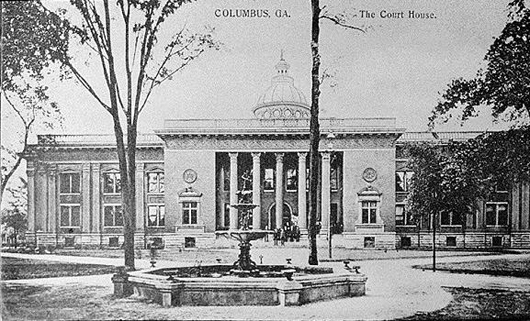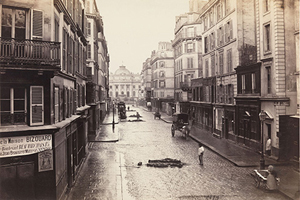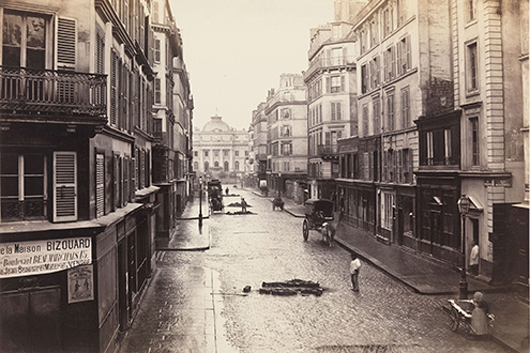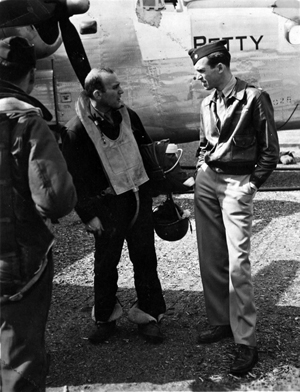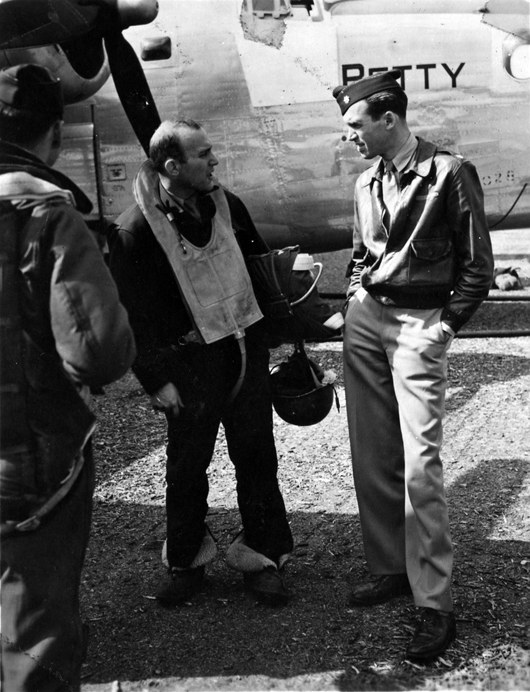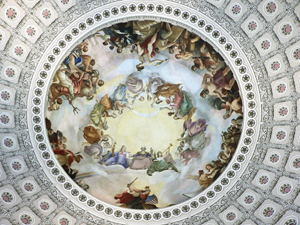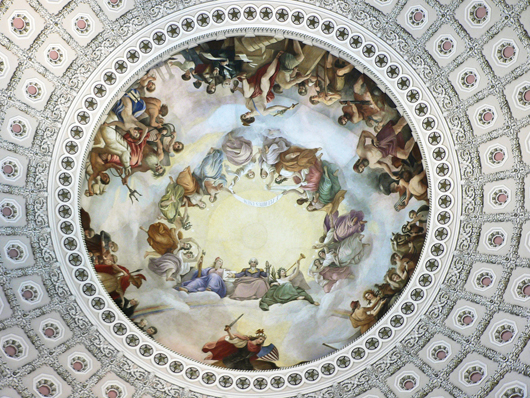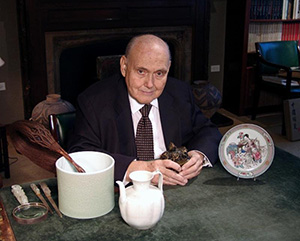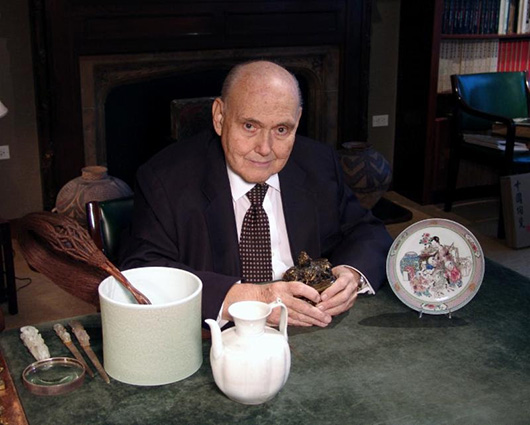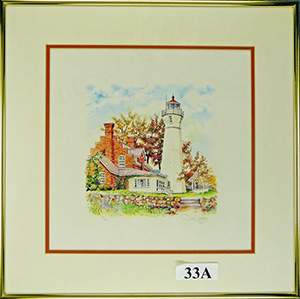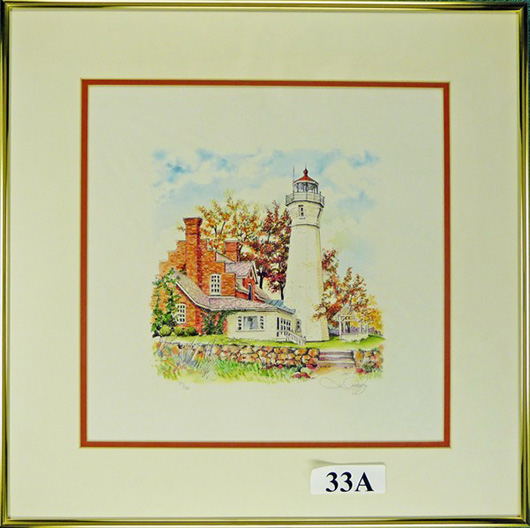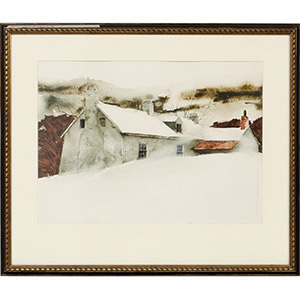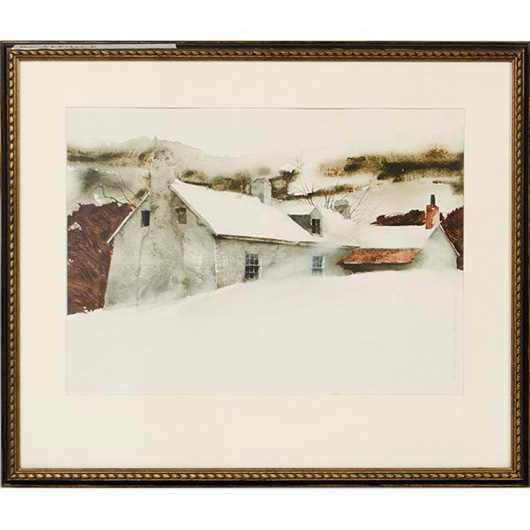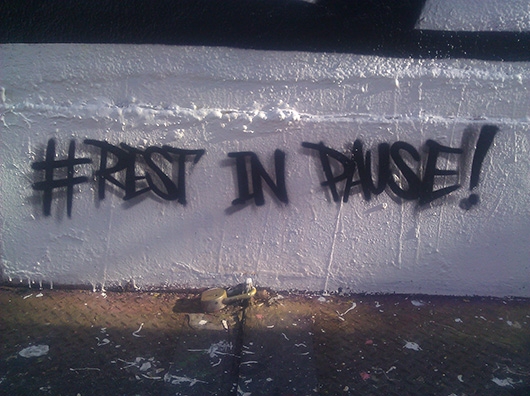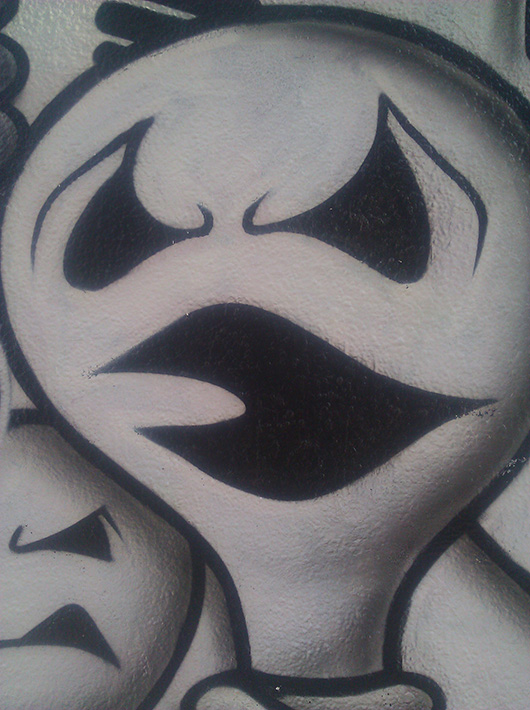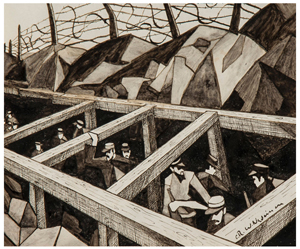
LONDON – A poignant World War I drawing by Christopher Nevinson, official War Artist for the British Government, set a new world record for a work on paper by the artist at Dreweatts & Bloomsbury Auction’s sale of Modern and Contemporary Prints on Dec. 11. It was purchased by a by a private collector in New York for £136,400 ($223,964), breaking the record already held by the auctioneer.
Alexander Hayter, international head of modern and contemporary art at Dreweatts & Bloomsbury Auctions commented: “We are absolutely delighted to have again broken the world record for a work by Nevinson on paper. In December 2012 we set the record for his drawing, ‘On the Road to Ypres,’ which sold for £111,600 ($183,239). The price achieved on Wednesday for a work by this remarkable artist shows that we still lead the market for the sale of Nevinson’s work.”
La Geurre des Trous (the War of Holes) by the futurist/vorticist artist was a moving tribute to the troops by an artist who was deeply affected by his experience caring for injured French soldiers as a member of the Friends’ Ambulance Unit, during the war. Arguably the finest work on paper by the artist to have appeared at auction in a generation, the drawing depicts the soldiers’ anticipation, presumably in the moment before they exited the trench. By portraying French soldiers, Nevinson was able to reveal the grim side of the war while dodging government restrictions placed on imagery of active British servicemen.
The pen and ink, and brush and ink, drawing was done in 1914/15 possibly at Woesten, just North-West of Ypres, where Nevinson was stationed in November 1914.
Christopher Martin, a specialist on works by Nevinson, said: “Nevinson wrote of intending to give his pictures of that time an abstract, dynamic and mental impression rather than a concrete, static or optical. The abstract quality is seen in the shaping of the earth around the trench in this drawing, and generally in other drawings related to Nevinson’s war paintings.”
A Nevinson etching titled The Thames from Blackfriars also achieved a solid price of £39,680 ($65,153) against an estimate of £15,000-£20,000. It was almost certainly the largest intaglio work by the artist and was based on a painting currently part of the Courtauld Collection, London.
Elsewhere in the sale, a rare and integral part of the last great series of works produced by American pop artist Roy Lichtenstein, a screenprint titled Two Nudes realized a strong price of £124,000 ($203,600). Of the recent impressions offered at auction, this example was in the best condition and was purchased on the telephone by a London-based private collector.
Based on love and girls in comic books, The Nudes series, begun in the spring of 1993, are some of the largest the artist ever produced. Completed in December that year, they reflect the artist’s fascination of the interplay between the two-dimensionality of the drawn image, and the three-dimensional effect created by the application of variably sized ben-day dots. The effect in Two Nudes is particularly successful, giving a genuine sense of depth to the image.
In an interview in 1997 with David Sylvester, Lichtenstein said: “It’s a little bit the way chiaroscuro isn’t just shadows but a way of combining the figure and the background, or whatever is near it in a dark area… You’re not confined to the object pattern, but the subject matter excuse for this is that it’s a shadow, and that’s interesting to me.”
Another Lichtenstein print, Sunrise attracted a great deal of interest. Signed by the artist, the 1965 offset lithograph printed in color sold for £5,952 ($9,773).
American artist Cy Twombly is known for his large-scale calligraphic style paintings, and an untitled print, signed in pencil by the artist, sold for £32,240 ($52,937). Two European and one American bidder battled on the telephone to secure the picture, with it being purchased ultimately by the buyer from New York. The 1969/71 screenprint in colors was an artist’s proof from an edition of 100, published by Edition Domberger, Stuttgart. Twombly served in the Army as a cryptologist and this influence can be seen clearly in this example, as in much of his other work.
Since his death in July 2011, Twombley’s work has been keenly sought by collectors.
“This print was part of a series very rarely sold as separate pieces. They are of particular interest because they are very similar to his paintings and, a premium is always paid for examples in rare and perfect condition,” said Hayter.
A selection of prints by Andy Warhol achieved strong prices, most notably, Red Lenin, a 1987 screeenprint in color. Signed in pencil by Frederick Hughes, the executor of Warhol’s estate, and numbered 14/24 on a stamped certificate of authenticity, it sold for £32,240 ($52,937) against an estimate of £15,000-£20,000.
ADDITIONAL IMAGES OF NOTE
